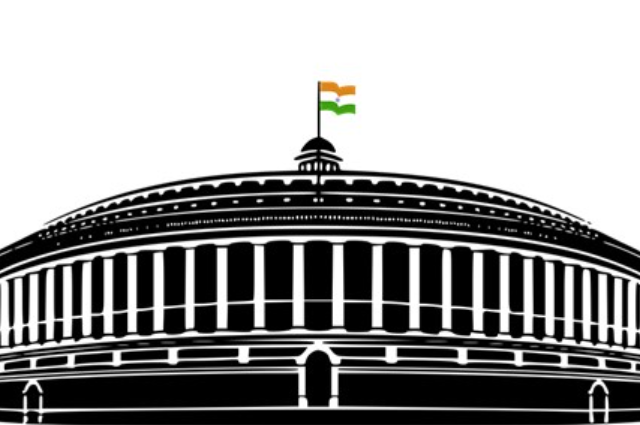
Addressing the nation on the COVID-19 pandemic, Prime Minister emphasized the necessity of a self-reliant India. The need was brought home by the absence of domestic production of personal protective equipment (PPE) when COVID-19 struck, but India initiated and quickly ramped up PPE production.
India Opens to Globalization:
India opened itself to the global market in 1991 through its liberalization, privatization, and globalization policies, but remained cautious as it skirted around the whirlwind of international capital in the following decades. This hesitant approach of India often led to a clamor from various vocal quarters for a faster and deeper opening of its economy but its relative insularity from disruptive global headwinds turned out to be helpful several times in the last three decades.
The pandemic brought to the fore at once the limits and inevitability of globalization. Countries such as the U.S. that relied on others for the supply of essential medicines and medical equipment were suddenly vulnerable. China’s unmatched leverage in global supply chains and concerns that it may weaponize trade has prompted a renewed global discussion on the components of national security and how to protect them. At the same time, this pandemic continues to illustrate how inseparably shared is the future of humanity, across national boundaries.
PM Mr. Modi understands this dynamic of global politics and has sought to advance India’s interest within an emerging framework. PM did not repudiate globalization, but proposed a new syntax for it a human-centric one, as opposed to the current profit-motivated model, according to him. He placed India at its center.
Indian Industries need to be globally competitive:
Self-reliance in state-run heavy industries and strategic sectors in the decades following independence had placed India ahead of most developing countries. In the 1970s and 80s, however, India did not modernize these industries to climb higher up the technological ladder. The private sector, which had backed the state-run core sector approach in its Bombay Plan, stayed content with near-monopoly conditions in non-core sectors in a protected market. Little effort was made to modernize light industries or develop contemporary consumer products. India’s industrial ecosystem was thus characterized by low productivity, poor quality, and low technology, and was globally uncompetitive.
India’s performance in the 3rd Industrial Revolution:
India completely missed out on the ‘third industrial revolution’ comprising electronic goods, microprocessors, personal computers, mobile phones, and decentralized manufacturing and global value chains during the so-called lost decade(s).
Today, India is the world’s second-largest smartphone market. However, it does not make any of these phones itself and manufactures only a small fraction of solar photovoltaic cells and modules currently used, with ambitious future targets.
At the turn of the millennium, when India embarked on liberalization, privatization, and globalization, the very concept of self-reliance was rubbished, in the belief that it was tantamount to reinventing the wheel when advanced technologies could simply be bought from anywhere at lower costs.
The way forward for India:
Unfortunately, India may well have missed the bus in many of these technologies in which the U.S., Europe, and China have established perhaps insurmountable leads. Yet self-reliant capabilities in electric and fuel cell vehicles, electricity storage systems, solar cells and modules, aircraft including UAVs, AI, robotics and automation, biotech/pharma, and others are well within reach.
Large-scale concerted endeavors would, however, be required, since self-reliance will not happen by itself. State-funded R&D, including in basic research, by PSUs and research institutions and universities, needs to be scaled up significantly, well above the dismal 1% of GDP currently. Upgraded and reoriented PSUs would also be crucial given their distinctive place in the ecosystem. Private sector delivery-oriented R&D could also be supported, linked to meaningful participation in manufacturing at appropriate levels of the supply chain.
Finally, India’s meager public expenditure on education needs to be substantially ramped up (as against current trends of privatization which would only shrink access), including in skill development. No country has achieved self-reliance without mass quality public education. And no country has developed without a much stronger public health system than what we have in India.
Conclusion:
Much has changed since the self-reliance model of the Nehruvian era, so a perspective for Indian self-reliance in science and technology (S&T) and industry in a globalised world is long overdue. There needs to be an improvement in quality and domestic supply chains going forward. If this is to happen though, India will have to make major course changes in development strategies.
